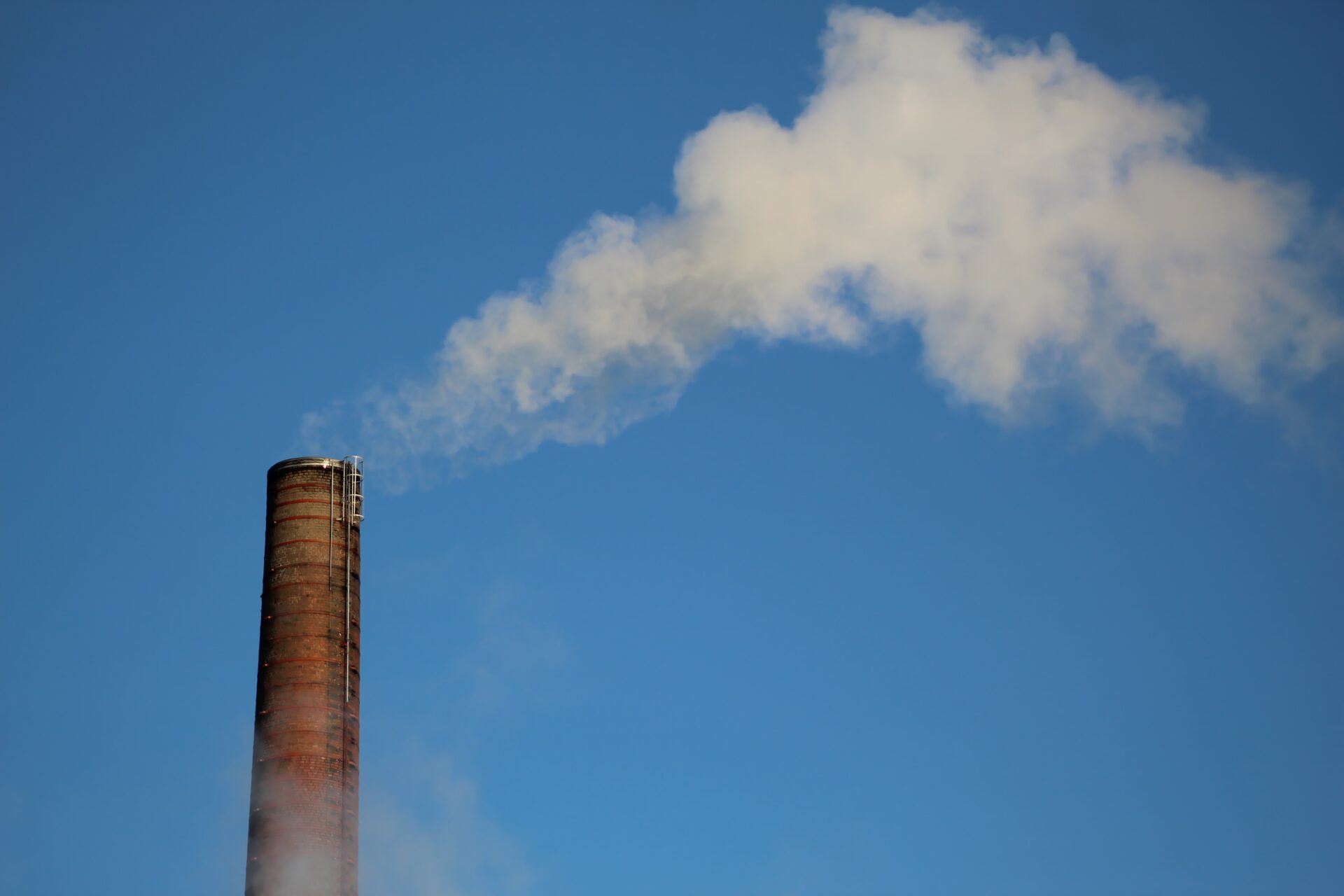It warns that world leaders are missing the opportunity to achieve deep cuts in emissions by adopting circular economy strategies that reduce demand for resources, and it identifies a roadmap that could help them meet the target of limiting global warming to 1.5°C.
Circular economy solutions can have a huge impact on climate change because 70% of greenhouse gas emissions are related to production and use of products – from the buildings we live in and the transport we use, to the food we eat and the clothes we wear.
However, national climate pledges focus overwhelmingly on cutting emissions by reducing fossil fuel use. They barely mention resource extraction and consumption rates, and only one-third mention the circular economy,
The report warns that the global economy is consuming 70% more virgin materials than the world can safely replenish: annual resource use was 89.8 billion tonnes in 2016 but passed 100 billion in 2019 and is estimated at 101.4 billion last year. More than 90% of what we take from the Earth to fulfil our needs and wants goes to waste, with just 8.6% of materials cycled.
Martijn Lopes Cardozo, Circle Economy CEO, said: “Our insatiable demand for resources and throwaway economy is threatening the planet’s future and driving us down the road to climate breakdown. Leaders from government, business and civil society must put circular solutions on the global agenda and ensure they feature strongly when countries update their national climate pledges ahead of COP27 in Egypt.”
World leaders committed to limit climate change to 1.5°C at the COP26 summit in Glasgow. However, new pledges still leave the world on course for 2.4°C, and to meet 1.5°C a further 19-23 billion tonnes of annual emissions must be cut by 2030, Climate Action Tracker calculates.[1]
Circle Economy has identified 21 solutions that could close this gap if adopted worldwide, cutting 22.8 billion tonnes (22.8Gt) of emissions on top of current pledges. They provide a roadmap to guide nations, cities and businesses on how to reduce emissions by cutting the use of virgin materials – minerals, ores, fossil fuels, metals and biomass – which each can adapt to suit their own context.
The solutions aim to transform our linear “take-make-waste” economy by applying a series of strategies that would cut annual material use to 79 billion tonnes (79Gt), nearly double the circularity of the economy to 17%, and keep the world on track for 1.5 degrees:
- Use less – for example, resource efficient building construction using lightweight design and local materials could save 3.45 Gt of emissions and 4.05 Gt of materials.
- Use longer – for example, refurbishing and renovating buildings to prolong their life could save 2.15 Gt of emissions and 5.28 Gt of materials.
- Regenerate – for example, using seasonal and local food and other methods of sustainable food production can save 2.07 Gt of emissions and 3.4 Gt of materials.
- Use again – for example, using recycled metal and plastics to make vehicles and recycling vehicles at the end of their life could save 1.5Gt of emissions and 3.33Gt of materials.
Frans van Houten, CEO of Royal Philips and Co-Chair of the Platform for Accelerating the Circular Economy, said: “It’s clear—we must act now! There’s no time to lose. By applying the circular solutions outlined in this report, we can reduce the use of scarce materials and dramatically cut emissions—thereby fighting climate change and biodiversity loss. But we can only do it by joining forces. That’s why I’m calling on all CEOs and business leaders, governments and NGOs to step up and accelerate our combined efforts, so we can reach the goal of doubling circularity within 10 years. Let’s take bold actions and deliver impact.”
Global use of materials has more than tripled in the 50 years since the Club of Rome predicted that rapid economic growth and natural resource exploitation would lead to the ‘collapse of civilisation’ by 2040. In 1972, when it published its landmark report, Limits to Growth, the world extracted 28.6 Gt of materials. By 2000 it was 54.9 Gt and in 2019 it reached 101.6 Gt.
With global population set to pass 10 billion in the second half of the century,[2] resource use and emissions will grow further without radical action. If business as usual continues, material use is predicted to reach 170-184 Gt a year by 2050. For example, it is estimated that the area covered by buildings will nearly double in the next 40 years, the equivalent of building a city the size of Paris every week.
The circular economy now features in many governmental and multilateral policies and goals, from the EU Circular Economy Action Plan to the UN Sustainable Development Goals, but the focus often falls narrowly on recycling and there is limited recognition of its role in reducing emissions. An emphasis on material efficiency over reducing consumption is also limiting: the Netherlands, for example, is a global frontrunner in material efficiency gains but its use of natural resources is barely declining.
The report says: “Transitioning to a fully circular economy within a generation will require urgent and large-scale actions from all parts of society. National and local governments will need to provide direction and enabling conditions, consumers will need to make choices that encourage circularity, and businesses will need to redesign their processes from the ground up.”
Download report











